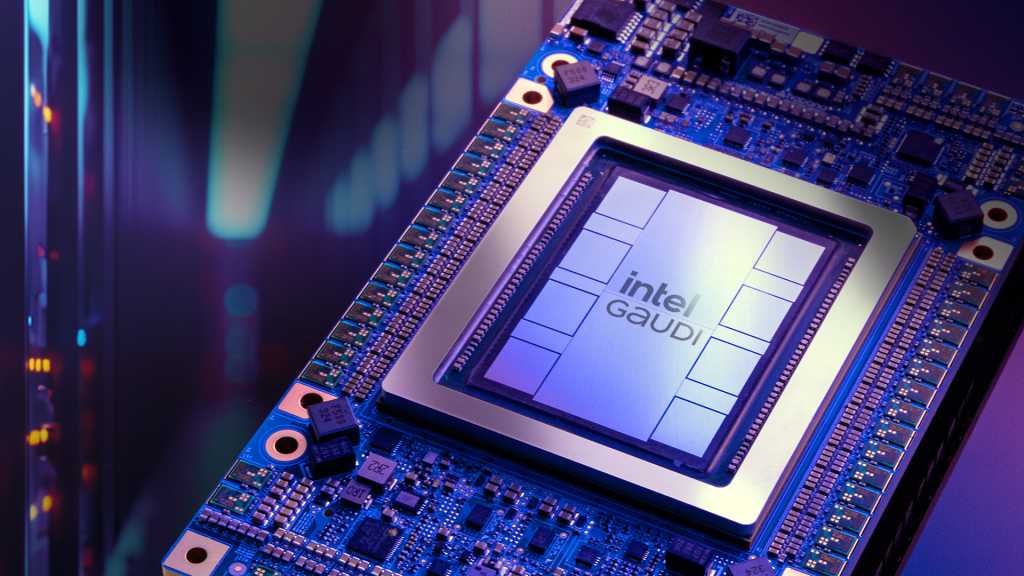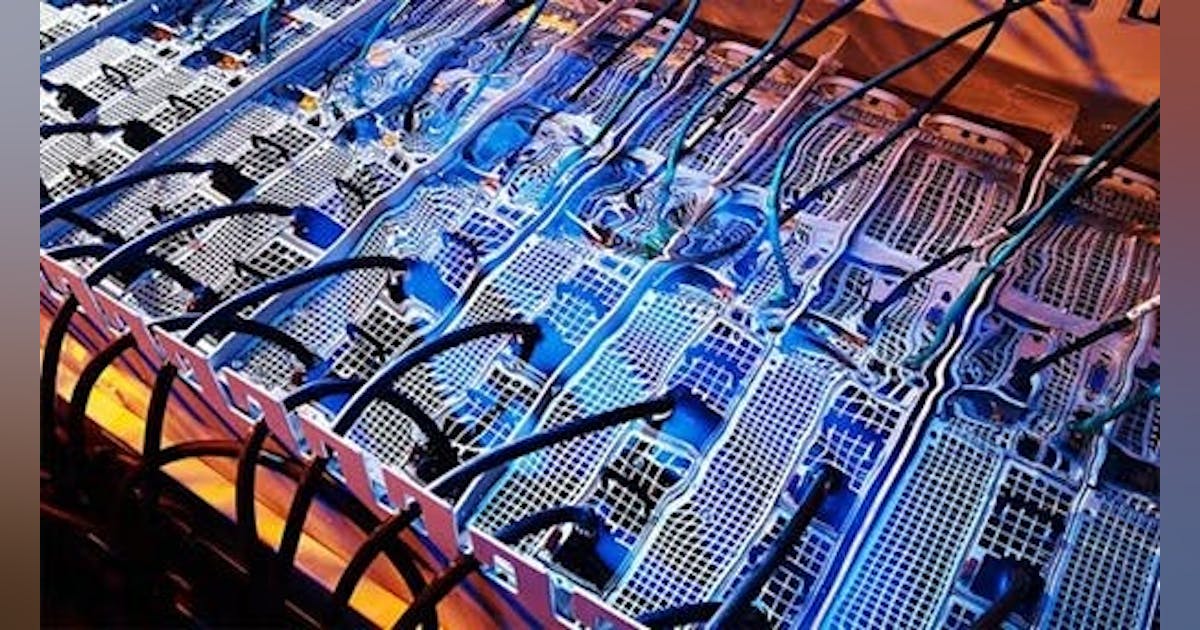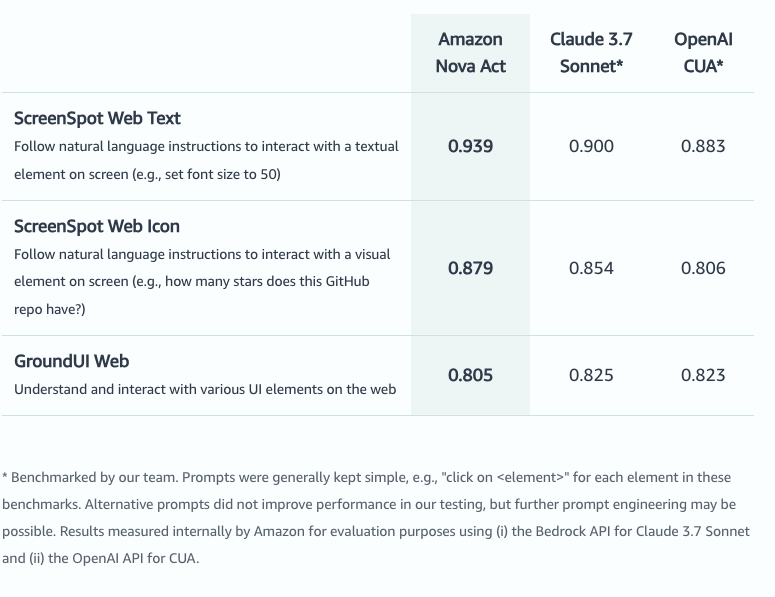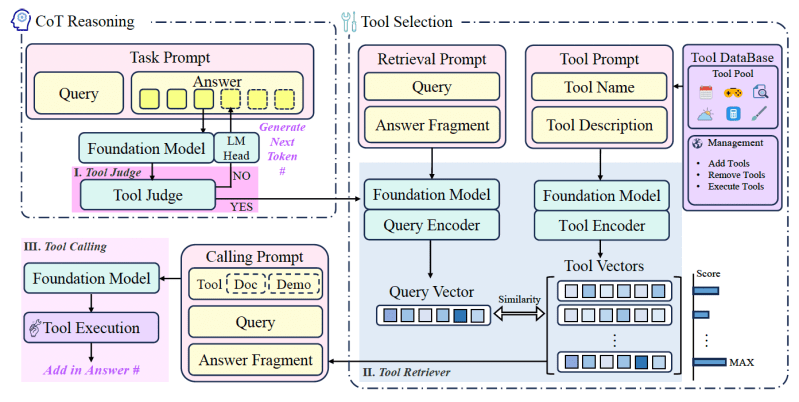
Dive Brief:
- A third-party review of large-scale battery energy storage system fires in the United States since 2012 found that none resulted in contaminant concentrations that would prompt a public health concern or require further remediation, the American Clean Power Association said Friday.
- ACP also on Friday released a safety blueprint for battery energy storage systems. The blueprint recommends that operators adopt the latest national fire safety standards, inspect systems deployed prior to those standards’ adoption, and conduct hazard mitigation and emergency response planning in partnership with state and local authorities.
- “Every community across the country should have confidence that the battery storage facilities keeping their lights on and utility bills affordable adhere to the most rigorous safety requirements,” ACP Vice President of Energy Storage Noah Roberts said in a statement.
Dive Insight:
Conducted by the Fire & Risk Alliance for ACP, the fire safety review examined 35 documented BESS fires, including high-profile 2023 incidents in New York and Idaho that the review says consumed substantial portions of the battery arrays involved.
The FRA review cited environmental “studies [that found airborne] emissions are largely confined to the immediate vicinity of the fire, with rapid dissipation and concentration reduction in open-air scenarios.” Post-incident monitoring at battery fires in California and New York that showed “no detectable hazardous concentrations” of toxic chemicals like hydrogen fluoride and hydrogen cyanide led local authorities to lift shelter-in-place orders, FRA said.
Firefighting efforts that consume large amounts of water raise concerns about local soil and water contamination, but post-incident data “does not support the notion of widespread contamination risks,” FRA said. Allowing batteries to consume themselves and applying cooling water only as needed is a best practice for fighting lithium-ion fires. That practice, in conjunction with standard stormwater management practices, can reduce contaminant runoff, FRA said.
Some commonalities emerged in FRA’s analysis of historical BESS fires. Many incidents involved early-generation systems built before modern safety codes and without rigorous testing or integrated safety features, it states. Nearly half the incidents for which the system age was known occurred during the first six months of life, FRA said. Sixty-nine percent of incidents where operational status was known occurred during operation, compared with 17% during assembly, testing or pre-commissioning, according to the review.
The FRA review did not examine the January fire that destroyed most of a 1,000-MWh BESS facility in Moss Landing, California, because the investigation into that incident is ongoing, FRA said. Federal and state environmental authorities’ post-incident air monitoring and ongoing environmental testing by facility owner Vistra have found no apparent public health threats, but nearby residents continue to report unexplained symptoms weeks after the event, Heatmap News reported Friday.
“We hear the concerns and questions raised by residents from this incident on public safety and health,” ACP spokesperson Phil Sgro said in an email. “This incident, and its impact, is something we have not previously seen and do not anticipate in the future.”
The safety blueprint’s recommendations are “designed to prevent any future incident like Moss Landing and maximize the safety of all future and operating storage facilities,” ACP said. It characterized the Moss Landing incident as an “anomaly” due, in part, to its location inside a retrofitted turbine hall dating to the 1950s. ACP said the recommendations would “ensure that this type of event remains an anomaly.”
Those recommendations include:
- Adopting the latest version of National Fire Protection Association Standard 855.At least six states, including New York, have already done so, and several more, including California and Texas, are considering it.
- Inspecting some facilities built prior to NFPA 855 adoption, conducting hazard mitigation analyses, weighing the use of fire barriers or other solutions to meet fire testing requirements, and drawing up emergency response plans for all facilities.
- Partnering with local communities and fire officials to address specific safety concerns, inform siting and permitting processes, and train state and local personnel on BESS safety.




















